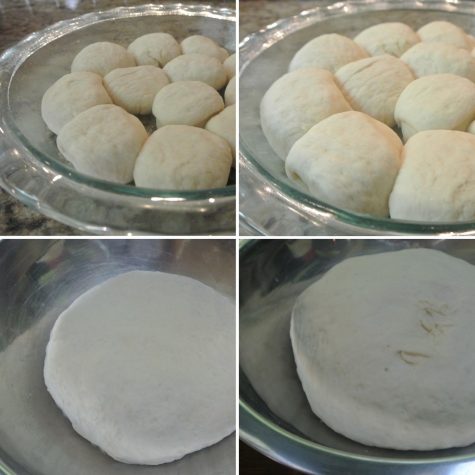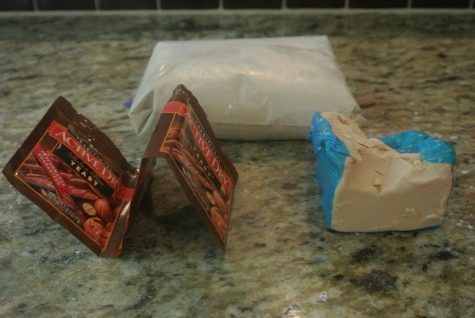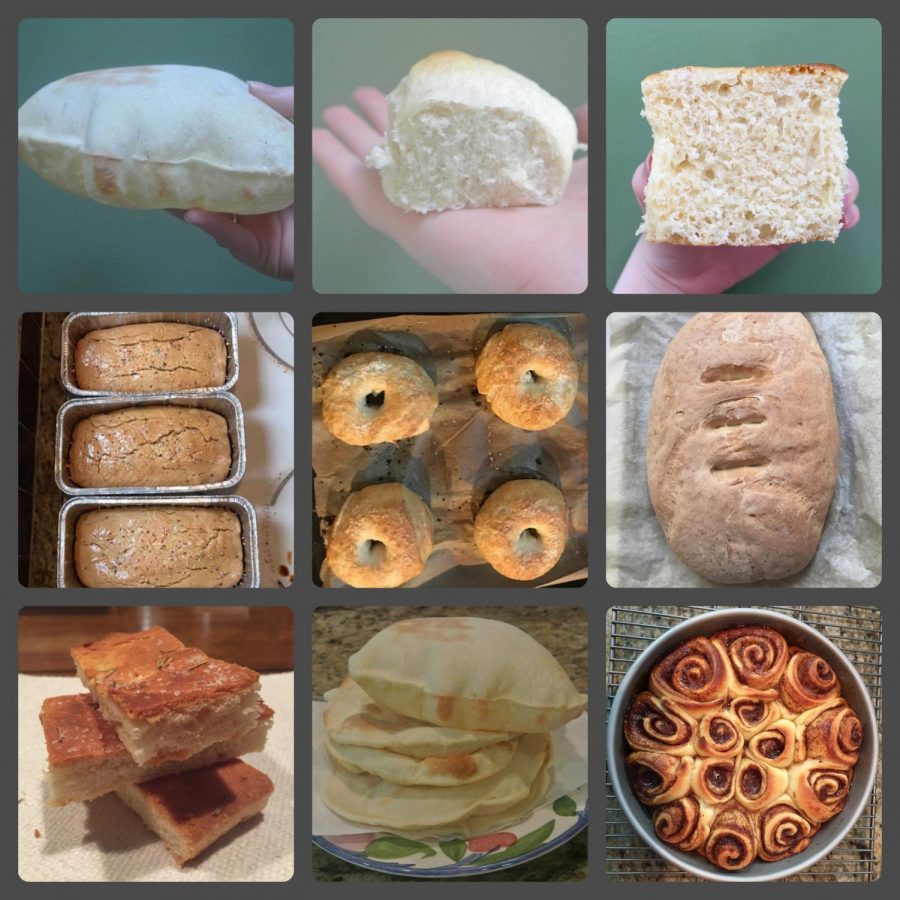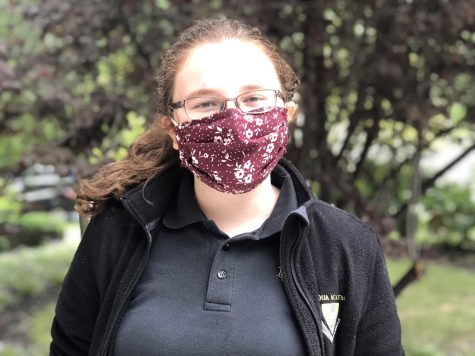My Journey to Find Yeast During a Pandemic
Images of some of the recipes I’ve made using my yeast. Beginning with the top left image, I have made pita bread, rolls, kolaches (Polish danishes), Easter Bread (anise-flavored sweet bread), bagels, Italian bread, focaccia bread, more pita, and cinnamon rolls.
Over the past 50 days of self-isolation, there has been one thing that I desperately want but can’t find: yeast. I love yeast. I need it to bake bread, french baguette loaf, rolls, doughnuts, cinnamon buns, and much more. Without yeast, I have no way to do these things that I love.
And, while struggling to find yeast, I have become strangely passionate about it. I can’t tell you how many long and interesting conversations I have had with people about finding yeast.
I began this journey by spending weeks looking in grocery stores. I hoped that one of them would just happen to have yeast in stock. But, they never did. After a few weeks, I realized that passively waiting and hoping for a miracle wasn’t going to work.

Side-by-side comparison of dough and rolls as they rise. Yeast is responsible for the way they expand.
Next, I got pretty desperate and considered making a sourdough starter. A sourdough starter is a combination of flour and water that grows into natural yeast. I spent a few days researching the process of making, using, and maintaining a starter.
I quickly realized that sourdough wasn’t going to be easy. For example, one video I watched was titled “How to Make Sourdough in 41 Easy Steps.” It was over half an hour long. I just don’t have the drive to do all of that. And, aside from the time commitment, the starter that I would work so hard to make can only make a few recipes other than the bread and the bread needs some special equipment that I don’t have access to.
My next plan was to find some yeast online. However, buying it online carries the risk that the yeast will die during the journey to my house. I put off taking this risk for a little while, and eventually decided to go for it.
It turns out that buying yeast online is easier said than done. First of all, there is the issue of price gouging because the companies know that the demand for the product is high. Next, there is the issue of finding a company that has a good reputation for delivering live yeast.
Once I finally found a product that made it past those hurdles, I was left with a one pound bag of instant yeast. The only issue with this yeast is that it is instant, which is different than the usual active yeast. However, I decided I would just have to figure out how to use instant yeast when the time came.
When the yeast finally arrived in the mail, I was so excited. I had researched instant yeast and learned that it needs less warm water, rises faster, and can be added straight to recipes (instead of needing to bloom in water and sugar first).
That day, I made a recipe for Italian bread. However, the bread didn’t exactly go as planned. The dough was incredibly sticky and no amount of flour would make it the right consistency. Also, it didn’t rise at all, no matter how long I let it sit. I finally gave up and tried to cook it anyway, but it was just raw in the center and burnt on the outside. It was an epic fail.

The three types of yeast. Inside the brown package is active yeast, the block with blue wrapping is fresh yeast, and the bag in the back is instant yeast.
I figured my yeast had died on the way to my house. I was just about ready to give up on yeast as a whole, but I decided to give it one more go. I found a recipe for a small batch of rolls (so I wouldn’t waste flour if it didn’t work). I made sure the temperature of the water in the recipe wasn’t too high and let the yeast bloom with the water longer than usual (although instant yeast doesn’t usually need to bloom).
As I rolled out the dough, it looked promising. I crossed my fingers during its first rise. When I went to check on it, it had risen! Only a little, but it was a start. I was just so happy. It took the rolls about twice as long as it said in the recipe to rise, but it rose. Who would have thought a few months ago that yeast would make me so excited?
Although my rolls eventually worked, I wasn’t so sure about my yeast as a whole. Instant yeast is supposed to rise faster and not need to bloom, which is the opposite of what I did. I considered giving up on it when my mom got a text from the mom of one of my sister’s friends. She owns a pizza restaurant that shut down, and had a lot of extra yeast. She offered to drop some off for me and I happily accepted.
She brought over a few packets of active yeast (the normal kind) as well as a block of fresh yeast (which is yet another type of yeast). I was intrigued by the fresh yeast and made some bagels with it that night. They came out perfectly and even rose faster than expected!
Since all of this craziness, I have used my various sources of yeast to make rolls, another loaf of Italian bread, fiocossia, hamburger buns, pita bread, cinnamon rolls, and more.
It’s been interesting to see how the different types of yeast act in comparison to one another. It’s crazy to think that I began quarantine desperate for yeast and now I have three types. Before all of this, I never even knew there was any type of yeast besides active! Although this has all been unexpected, I really enjoyed the journey and all of the knowledge I received along the way.










